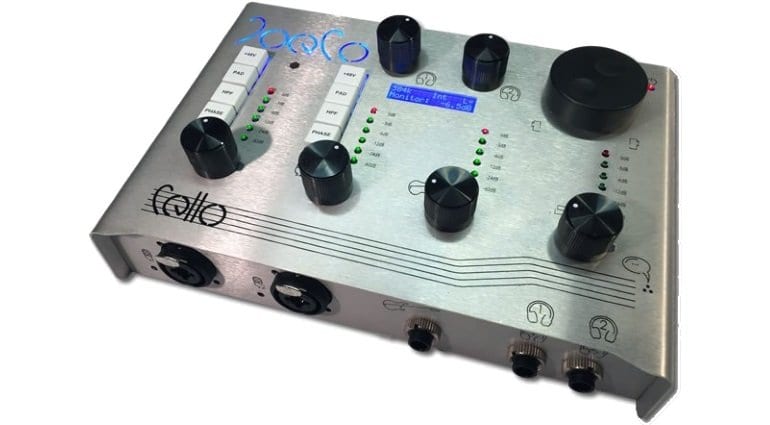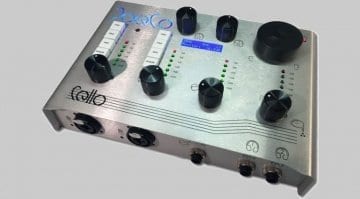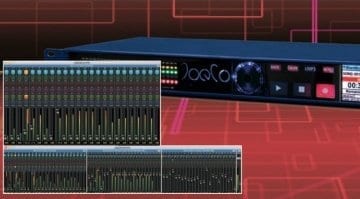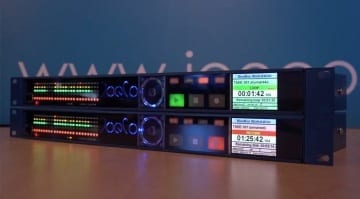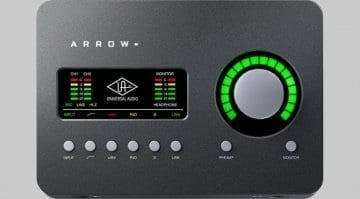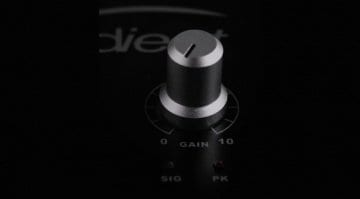NAMM 2018: JoeCo Cello desktop interface with low-key looks but plenty of punch
Ahead of NAMM 2018, British studio equipment manufacturer JoeCo officially unveiled its first-ever desktop audio interface – Cello – prior to its showcase at next week’s conference. With two mic preamps, 4 output channels, this USB 2.0 device can handle recording at sample rates up to 384kHz, supports up to 16 channels of ADAT Lightpipe input, and has a built-in talkback microphone. Despite the powerful technological punch it packs, Cello is a compact desktop unit with a clean and unassuming look that doesn’t reveal the beast lurking within.
Cello is mostly, JoeCo says, proprietary technology – all the way down to the preamp design and underlying algorithms. Furthermore, the manufacturer claims its Adaptive Conversion technology, which lets users adjust the interface’s performance to correspond with the sample rate used and the recording source’s unique specifics, is a first for sub-1000 USD audio interfaces. That’s certainly not impossible, though we can’t confirm it.
Cello also boasts JoeCo’s original Top+ exciter algorithm for high-end boosting with added “energy” and “expanse” – which sounds abstract, but probably has something to do with musical frequency correction. The manufacturer’s clocking algorithms have been remade from scratch for Cello – which probably results in a little bit of extra clock accuracy added to what was already a working algorithm. The interface’s analogue mic preamps offer up to 80dB of gain and have built-in hi-pass filters, pad switches, and phase reverse switches – as you’d expect to find on a standalone high-end preamp. Both the mic inputs have insert points for incorporating outboard gear. Wordclock is also supported.
While JoeCo talks a big talk about Cello, it’s evident that a lot of research and development effort has gone into this unit. It comes across as highly technologically advanced with its 384kHz sample rate support, proprietary components, and extra features like the talkback microphone. Furthermore, the fact that Cello remains so compact in form and almost minimalist in appearance suggests clever, deliberate engineering. We think Cello is bound to turn a few heads in the audio industry, especially when its price tag comes into consideration.
Price and availability
Cello is an USD 899 interface, which is certainly unusual for a product of such technological caliber. It looks like JoeCo really wants to make a splash with this one, so it’s keeping the price on the side of low and doubling up on marketing. Time will tell if Cello’s technological accomplishments will enable it to stand out on its own, or sink in the crowded interface market.

